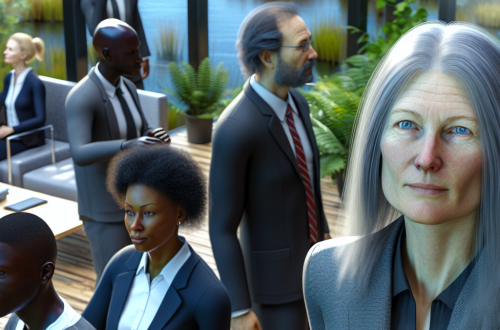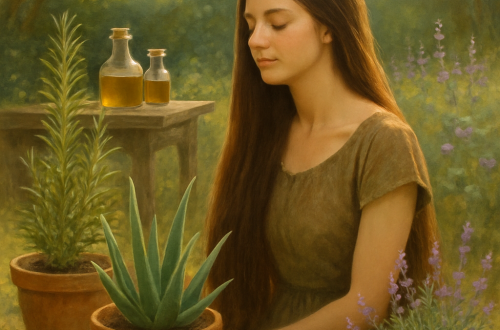Capturing the Unseen: Techniques for Stunning Low-Light Photography
Low-light photography, often termed as available light photography, involves capturing images in dark or dimly lit environments where most conventional photography guidelines fall short. The challenge of low-light photography provides a unique opportunity for photographers to explore the creative boundaries of their craft, making it an exhilarating area of photography to delve into.
Understanding Low-Light Photography
Photography is fundamentally about capturing light. In conditions where light is scarce, every photon counts. The essence of low-light photography lies in using the available light to create compelling images that are rich in mood and atmosphere. This could be during the twilight hours, in dimly lit interiors, or at night in urban settings lit by street lamps.
Equipment Essentials
To get started with low-light photography, certain equipment is indispensable:
- Camera with Manual Settings: Modern digital cameras with manual mode are crucial as they allow more control over exposure settings.
- Fast Lenses: Lenses with large apertures (low f-numbers, e.g., f/1.4, f/1.8, or f/2.8) allow more light to enter the camera, which is crucial in low light conditions.
- Tripod: A sturdy tripod is essential to stabilize your camera and avoid blurry images when using slow shutter speeds.
- Remote Shutter Release: This helps avoid camera shake when pressing the shutter button.
The Magic of Manual Mode
In the realm of low-light photography, automatic camera settings rarely suffice. Switching to manual mode offers control over the exposure triangle aperture, shutter speed, and ISO. A wide aperture lets in more light, but a careful balance with shutter speed is necessary to avoid overexposing the image. In my experience, this balance is what distinguishes a snapshot from a stunning low-light photograph.
Advanced Techniques
Long Exposure
One of my favorite techniques in low-light conditions is long exposure. It involves keeping the camera’s shutter open for extended periods, allowing more light to hit the sensor. This technique can turn a dark, uninteresting scene into a vibrant tableau full of life and light. An anecdote that stands out in my memory is from a trip to a secluded beach at dusk. The scene was nearly pitch black to the naked eye, but a four-minute exposure revealed colors and details in the sky and water that were invisible otherwise.
High ISO with Caution
Traditionally, increasing ISO was avoided due to the noise it introduced. However, modern cameras handle high ISO settings remarkably well. While it’s true that higher ISOs can lead to grainier images, in challenging lighting conditions, a slightly noisy shot can be preferable to no shot at all. However, it’s crucial to understand your camera’s limits; some handle noise better than others.
Unconventional Observation: Embrace the Shadows
A counterintuitive yet effective approach in low-light photography is to embrace the shadows rather than trying to eliminate them. Contrary to the common goal of capturing as much detail as possible, allowing parts of your image to fade into black can add a layer of mystery and emotion to your photos. This technique can lead to powerful compositions that highlight illuminated elements, creating a stark contrast with the dark areas.
Post-Processing Tips
Post-processing plays a pivotal role in low-light photography. Tools like Adobe Lightroom and Photoshop can help correct the exposure, reduce noise, and enhance details that were not initially apparent in the raw file. Shooting in RAW format is advisable as it contains more data, providing greater flexibility in post-processing compared to JPEG.
Noise Reduction Techniques
Noise reduction software has become incredibly sophisticated, enabling photographers to salvage images that previously would have been too noisy. Be judicious with noise reduction settings to avoid losing important details. In my opinion, a slight grain can sometimes enhance the atmospheric quality of night scenes, lending an almost film-like texture to the image.
Predicting Future Trends
In my opinion, the future of low-light photography will likely be shaped by advancements in camera sensor technology and noise reduction algorithms. We may see cameras that can capture high-quality images in near darkness without significant noise or loss of detail. This could open up new realms of creative possibilities, particularly in genres like astrophotography and urban night scenes.
Personal Reflections and Tips for Aspiring Photographers
Starting with low-light photography can be daunting. I remember my early attempts were fraught with frustration over blurry images and underexposed shots. However, perseverance and patience are key. Each failed photo taught me something new, gradually improving my understanding and skills.
For those new to this style, my advice is to start simple. Begin with static subjects to get a feel for exposure settings and how they interact. As your confidence grows, experiment with different subjects and more complex lighting conditions.
Low-light photography requires an understanding of your camera’s capabilities and the nuances of light and shadow. It offers an artistic freedom found in few other types of photography, allowing you to capture the unseen and illuminate the overlooked. Whether you’re shooting a cityscape by night or a quiet corner of a dimly lit room, the challenges of low-light photography can lead to some of the most rewarding images you’ll ever capture. Embrace the darkness, experiment with light, and most importantly, enjoy the journey of capturing the unseen.


